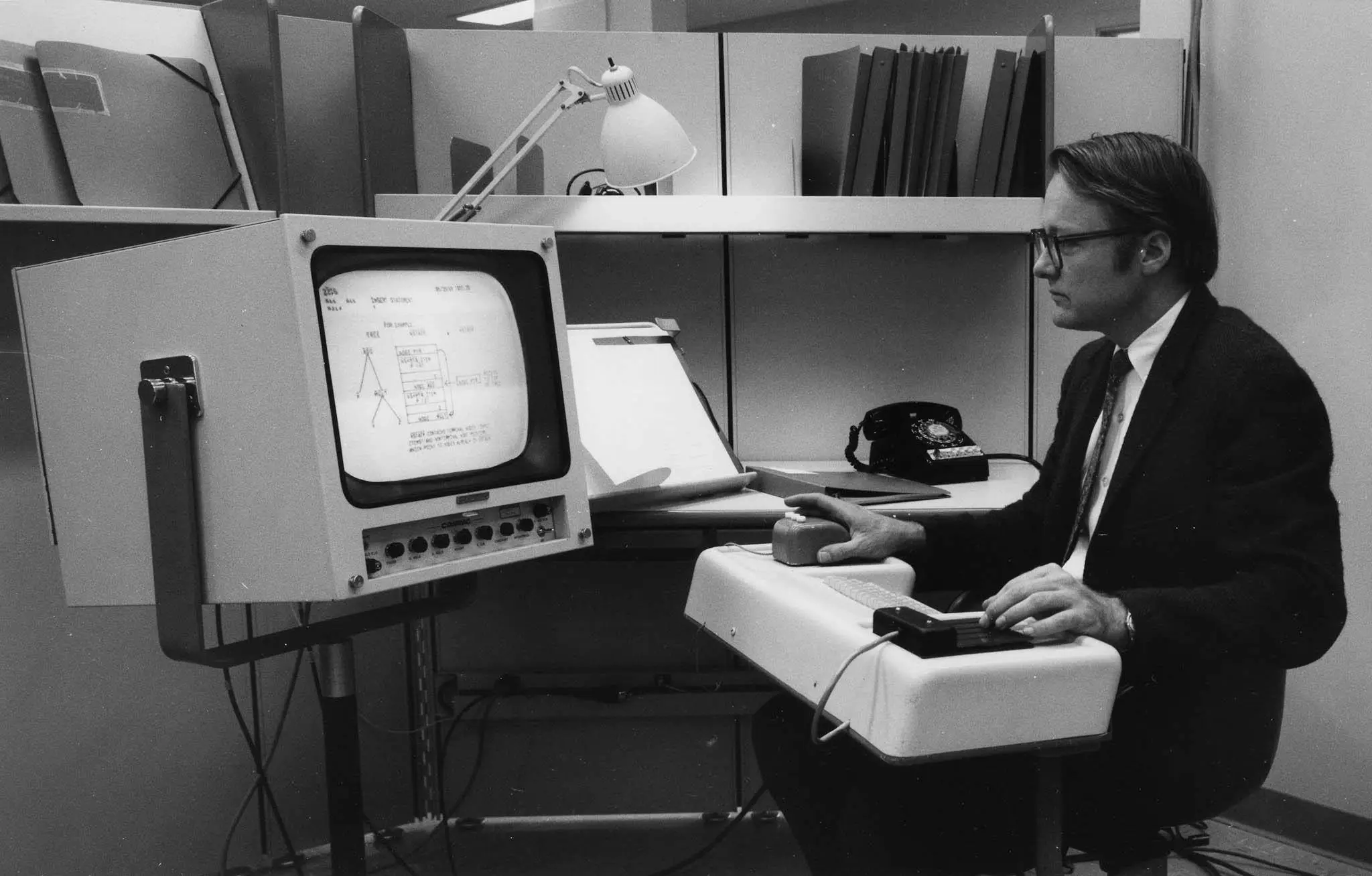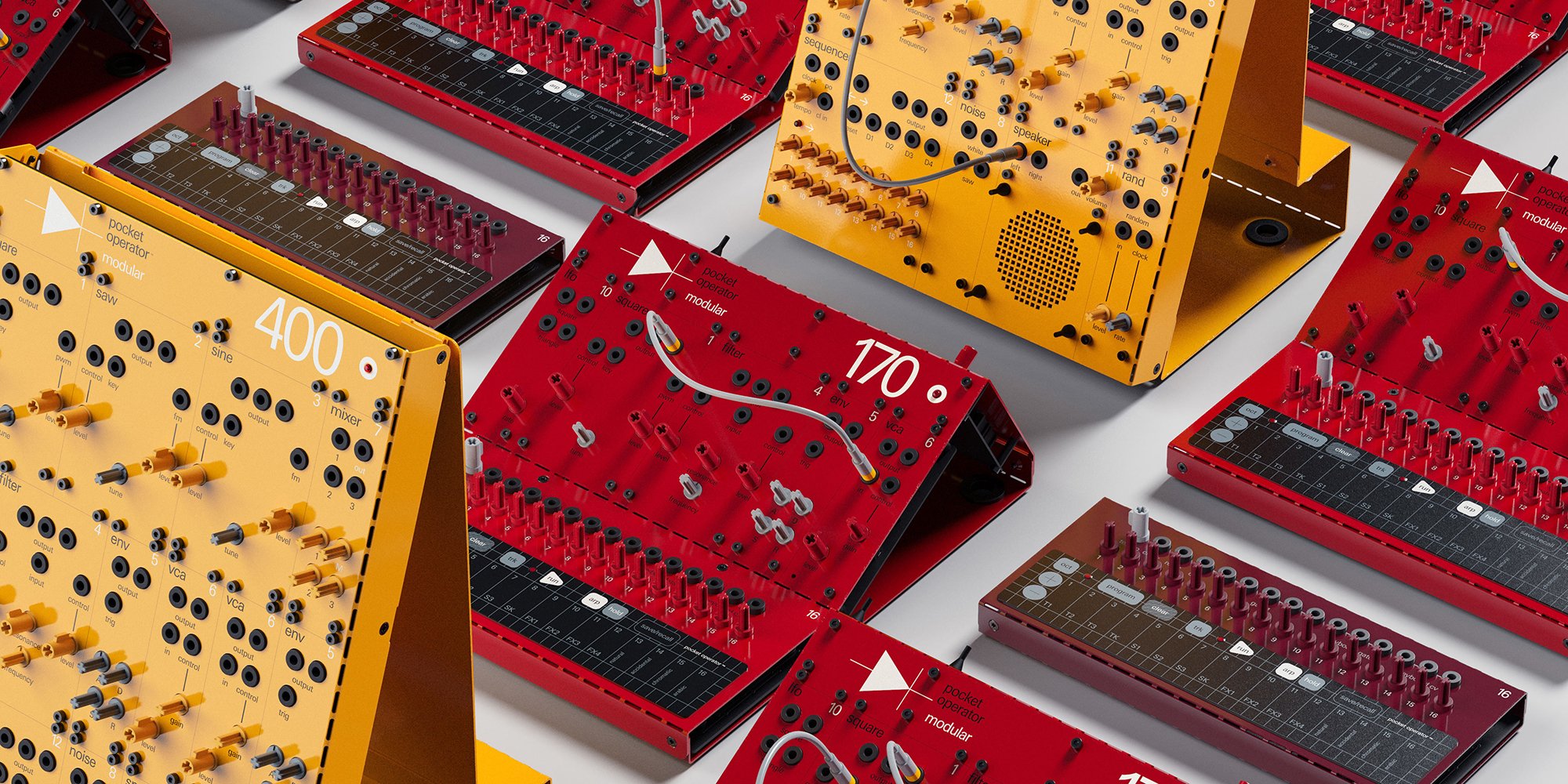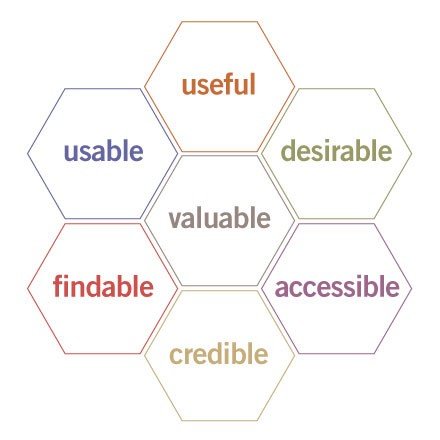
Topic 4: User Experience Design
Designing Systems for People
User Experience Design
User Experience describes how people engage with products, services, and systems. Creating efficient and usable tools has been a concern through much of human history. Communication and computing tools brought a new set of cognitive requirements to the foreground. “In 1993 Don Norman coined the term “user experience” for his group at Apple Computer.” The term was intended to expand upon the goals of “user-centered” and “usability” design activities by considering the complete environment of the experience, including marketing, training, and visual artifacts. Apple Computer, and the Mac, provides a unique example of these design activities forming unique experiences for people.
Header image: Nest Thermostat (Nest)
Source: A 100-Year View of User Experience (NNGroup)
Image above: Apple Macintosh 128k Computer (Apple)
Assignments for the Class
Readings & Assignments
The readings for the week include the following:
ASSIGNED READING: The Elements of Value Measuring—and delivering—what consumers really want, Almquist, Senior, and Bloch, 2016 (HBR)
The assignment for the week is as follows:
Methods Toolkit
Describe a UX tool of your choice: Research User Experience Design tools, and describe one of your choosing in a paragraph or two. Discuss:
Review website: User Experience Basics (usability.gov)
And/Or, peruse the Nielsen Norman Group website
Identify a tool that UX designers and researchers use
Describe the tool and its use
Show a visual of the tool in use
Creating Wireframes
In this class, we will identify a product or serve we would like to create or improve. Working in pairs, teams will create a flow and important web, mobile, or voice interactions that would comprise an important part of the experience.
Image: from Wireframe Design 101: 6 Steps to Create a Wireframe (Adobe)
Designing for People
When the point of contact between the product and the people becomes a point of friction, then the industrial designer has failed.
On the other hand, if people are made safer, more comfortable, more eager to purchase, more efficient—or just plain happier—by contact with the product, then the designer has succeeded.
Henry Dreyfus

Human-Computer Interaction
Vannevar Bush’s 1945 article “As We May Think,” defined the information age. Bush described how intellect would be powered by new tools. With the advent of the computer, humanity had the tools needed to support the evolution of our thinking. The challenge was that early computers required programming language expertise. New ways of communicating and interacting with computers were being introduced.
In December 1968, Doug Engelbart gave a demonstration of the “oN-Line System.” This system was the culmination of the SRI Augmentation Research Center’s work to create new ways of working and collaborating. Engelbart’s paper “Augmenting Human Intellect,” pointed to the need for new tools to solve the increasingly complex problems we faced. The “Mother of All Demos,” as it became known, influenced others to expand the vision of what computers were and how we would come to interact with them.
Photo above: Doug demonstrating the oN-Line System (SRI)
Photo left: Engelbart 3-Button Mouse, 1968 (New Atlas)
User Experience Design
As described, the term “user experience” was coined by Don Norman in 1993 to describe the set of activities that encompassed the design of the new computing tools being created, as well as the support materials. As the World Wide Web evolved into a platform for information sharing, as well as commerce, new disciplines and tools were needed to ensure that everybody could access the resources. Consultancies specializing in digital products evolved to meet the needs of businesses requiring a presence on the Internet.
Internet publications and Blogs, such as Boxes and Arrows were dedicated to the disparate mix of library science and visual design that came to define the Information Architects that designed to rapidly evolving Web. As connected devices, apps, and Internet APIs evolved into new ecosystems, new opportunities to create and meet customer desires evolved. New sub-disciplines were required to create these product/service ecosystems. Yet, the essential approach remains viable. As new AI tools become available, new skills will be required. The designer is unlikely to perform more than a few tasks in the expanding team environment. But, exploring the possibilities in important to building a career in design.
Diagram right: The User Experience Honeycomb by Peter Morville
Areas Related to Building the User Experience
Some of the disciplines required to deliver great experiences in organizations:
Project Management focuses on planning and organizing a project and its resources. This includes identifying and managing the lifecycle to be used, applying it to the user-centered design process, formulating the project team, and efficiently guiding the team through all phases until project completion.
User Research focuses on understanding user behaviors, needs, and motivations through observation techniques, task analysis, and other feedback methodologies.
Usability Evaluation focuses on how well users can learn and use a product to achieve their goals. It also refers to how satisfied users are with that process.
Information Architecture (IA) focuses on how information is organized, structured, and presented to users.
User Interface Design focuses on anticipating what users might need to do and ensuring that the interface has elements that are easy to access, understand, and use to facilitate those actions.
Interaction Design (IxD) focuses on creating engaging interactive systems with well thought out behaviors.
Visual Design focuses on ensuring an aesthetically pleasing interface that is in line with brand goals.
Content Strategy focuses on writing and curating useful content by planning the creation, delivery and governance behind it.
Accessibility focuses on how a disabled individual accesses or benefits from a site, system or application. Section 508 is the governing principal for accessibility.
Web Analytics focuses on the collection, reporting, and analysis of website data.
Source: Usability.Gov
Elements of User Experience Diagram, Jesse James Garret, 2000
Thoughts to Consider
Consider the possible design paths in the UX discipline.
The Disciplines of User Experience Design Diagram (Fast Company)
“A choice architect has the responsibility for organizing the context in which people make decisions.”
Richard H. Thaler — Nudge
Behavioral Design
Psychology has influenced the marketing and design of products from the inception of the profession. Don Norman’s “The Design of Everyday Things” “was originally published in 1988 with the title The Psychology of Everyday Things.” Design theorists recognize that products and services are important influencers of behavior. They form what people come to believe about complex topics including finance. Choice has become an important topic in design.
“Nudge” was published by Richard H. Thaler and Cass R. Sunstein in 2008. The book describes how choice influences decisions with a nudge being the component which helps the person make a decision. Nudge theory may predate the book although it has given rise to a new set of words used to describe what designers do to drive behavior. Designing nudges is a hot topic. Along with Daniel Kahneman’s “Thinking Fast and Slow,” these books form the essential foundation for engaging with the topic of Behavioral Design. Start here.
Image left: Nudge and The Design of Everyday Things
Dark Patterns
Harry Brignull coined the term “deceptive design” in 2010. A “dark pattern” is “a user interface that has been carefully crafted to trick users into doing things, such as buying overpriced insurance with their purchase or signing up for recurring bills.” These interfaces guide users to end states that pre-select an outcome where privacy is reduced or a sale of a non-optimal product or service occurs. Many have experienced the difficulty of cancelling a service or the continued charges after believing that a service was canceled. These patterns prioritize business outcomes over the interest of people. I was surprised to see the pattern at the right when I clicked on a link to learn about the psychology of the Amazon sales experience. Ick.
Image right: A dark pattern leading to an article about dark patterns (Growth Design)
Understanding the psychology of product behavior can lead to new strategic opportunities. “The more customers get involved in the acquisition, development and construction of products and services, the more they perceive that product or service as valuable.” (UX Planet)
Thoughts to Consider
Consider what makes a design ethical or unethical.
The Expanded Honeycomb (UX Matters)
Image below: Modular Series Synthesizer (Teenage Engineering)











